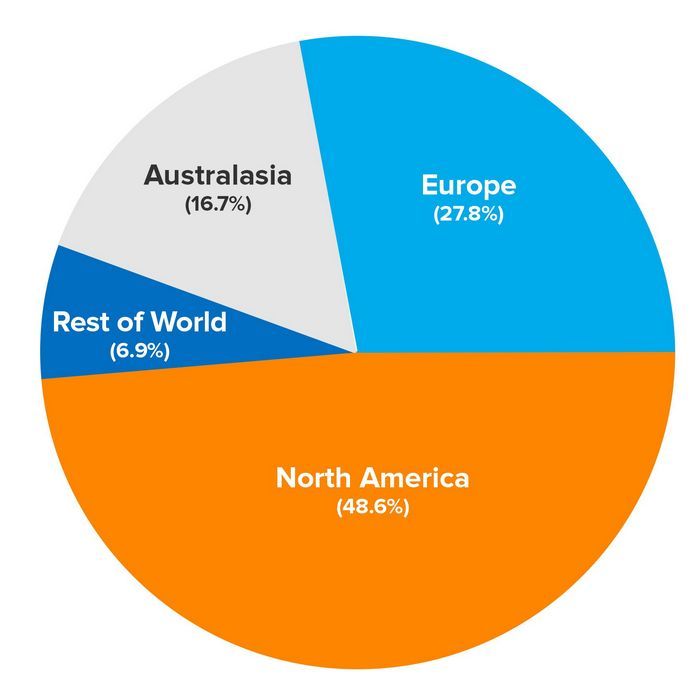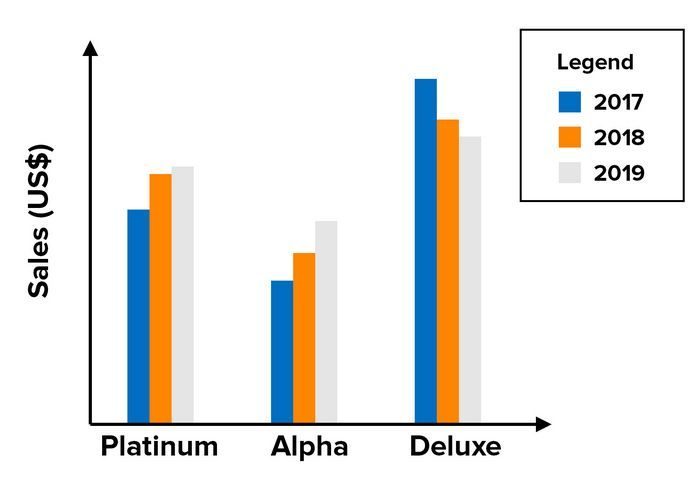When discussing an article on the most basic diagrams on Facebook, I was asked the question: “Why describe an activity in the form of a diagram at all? Or more generally, what is the need to model for? And then it somehow dropped out of the article, as a type of explicit (but in fact not).

For now, we will leave the question of why it is necessary to model at all. It is very comprehensive. By and large, all our intelligent (and not only intelligent) activity can be reduced to modeling.And if you are interested in chart maker, follow the link.
And I will allow myself to reformulate the question about diagrams as I understood it: why is visual modeling necessary in software development?

We have only two key ways of modeling abstract objects (as opposed to physical objects): 1) textual description and 2) graphic image. Each of them has its own pros and cons.
We apply visual modeling in situations where the benefits of the images outweigh the disadvantages.
Firstly, drawing provides an excellent opportunity to create and maintain a single image when thinking, that is, in the process of analysis and design. When drawing a diagram, we freely apply space, creating arbitrary connections between any objects. This is much more difficult with linear text.
At the same time, pictures make it possible to concentrate better. With the help of a diagram, we can keep in focus all the points of interest in the model, and switching between different objects takes a fraction of a second. Thanks to this, we can focus on the details that are necessary at this moment, without fear of losing others.You can learn more about microsoft to pdf by following the link.
Second, diagrams are a great way to communicate information when discussing. It is not in vain that the “two people at the blackboard” method wins the well-known communication efficiency graph.
Diagrams are compact and require little space (unlike linear text and tables). Drawing is much faster than writing text. You can draw together. As a result of the discussion with visualization, all participants form a single, understandable model for all with a minimum of discrepancies. In general, if you still do not draw in discussions, start right from the next meeting.
Third, diagrams are a modern way of documenting. Diagrams make it possible to quickly understand complex systems, and also serve as reference maps that make it possible to navigate in them. These maps are often generated specifically from existing systems, solving the constant problem of the relevance of documentation: a database diagram is created from the database itself, a class diagram from the initial text, etc.And if you are interested in Converting excel to pdf, we recommend reading this article.
Finally, fourthly, diagrams can be used specifically for programming.
Program in visual language DRAGON
Attempts to replace text-based programming languages with visual ones have been made since the very moment when computers had the first graphical interface. But this is where the disadvantages of diagrams begin to outweigh their good qualities: the text turns out to be a more flexible, versatile and faster way of modeling (although UML fans are ready to argue with this).
But visual programming successfully bypasses classical languages from the flanks: losing to them in multifunctionality, it conquers more and more new areas where specialization has already won. If programming must be performed within a relatively narrow, well-defined model, then visualization of this model allows you to completely or partially abandon the usual coding. And this, in turn, makes it possible to transfer the functions of the programmer to a wide range of users with little training.
Financial system users can describe business processes of working with documents using a graphical language, thus programming the behavior of the ABS. Video editor users program the order of video and audio processing with different filters, simply by indicating the order of their use in the diagram. There are quite a few examples, and every Day there are more of them.